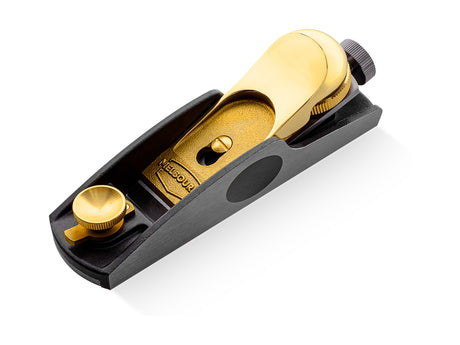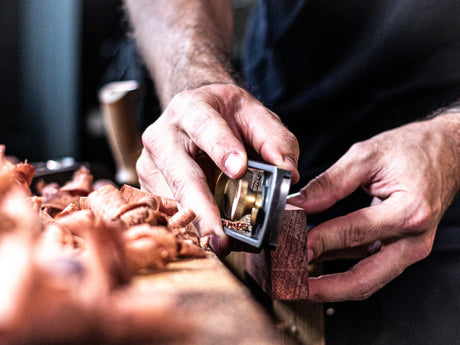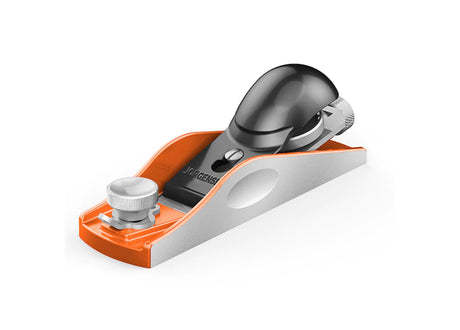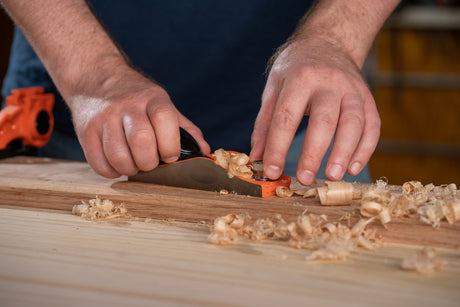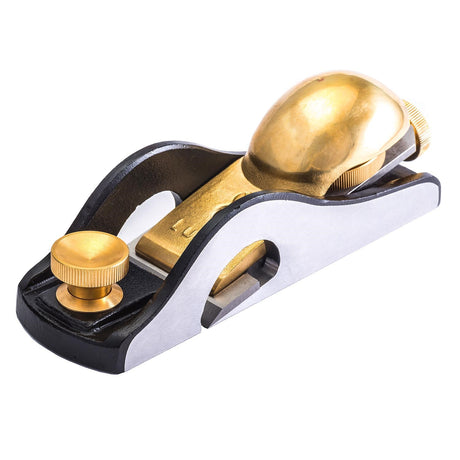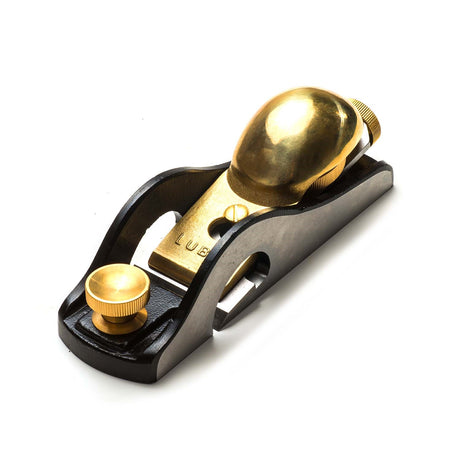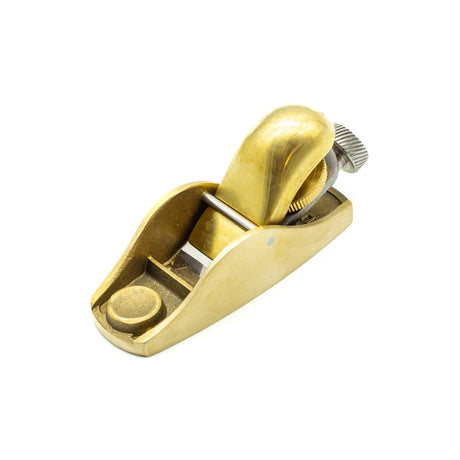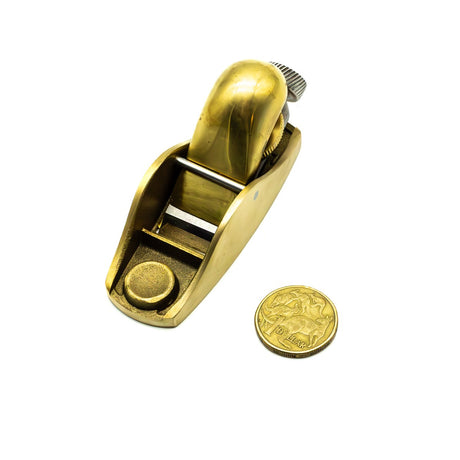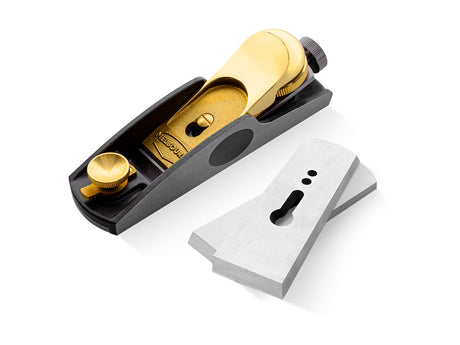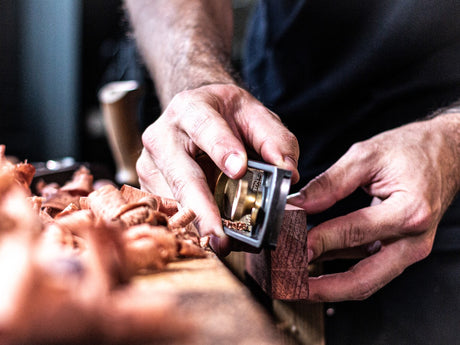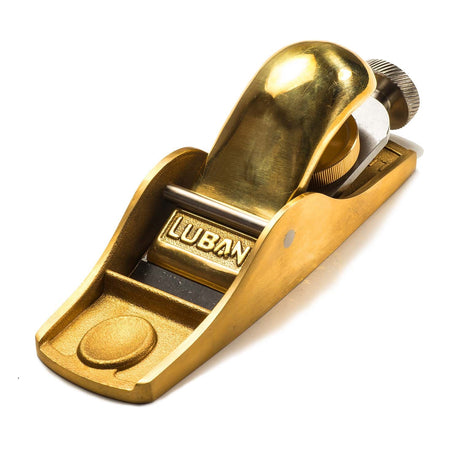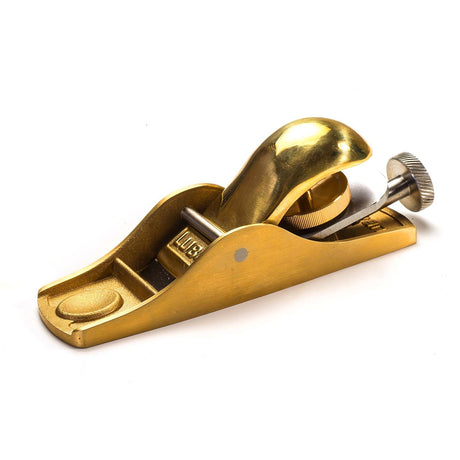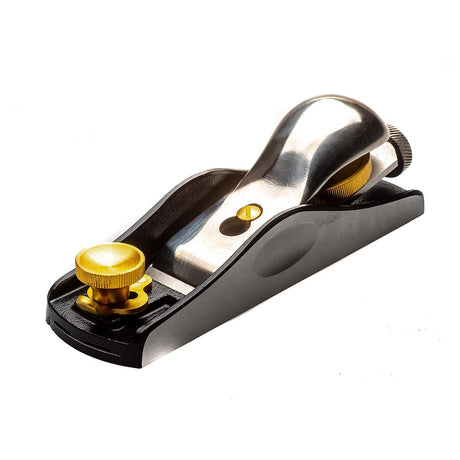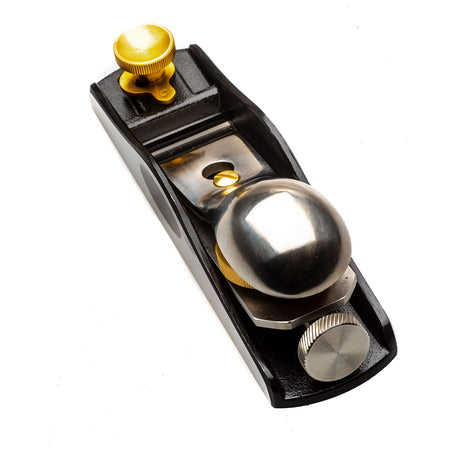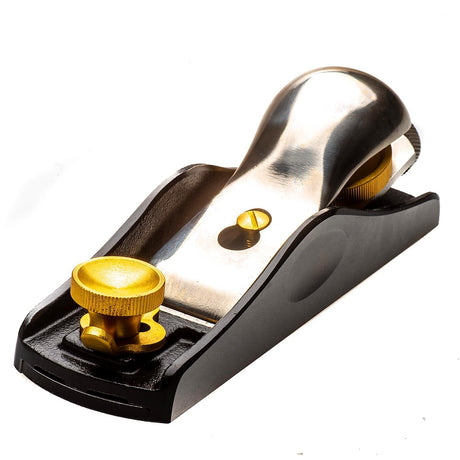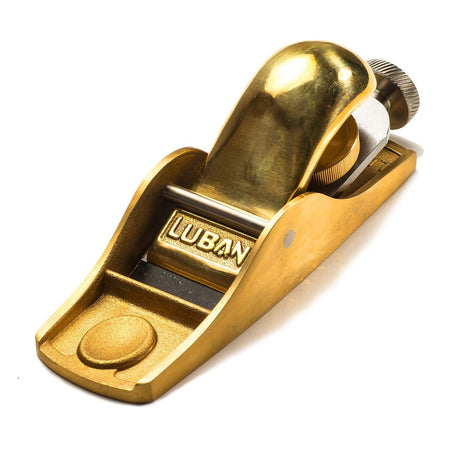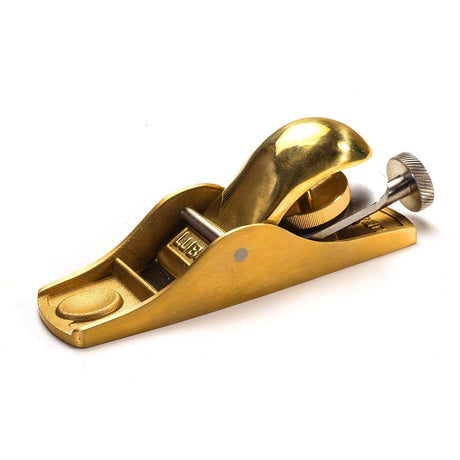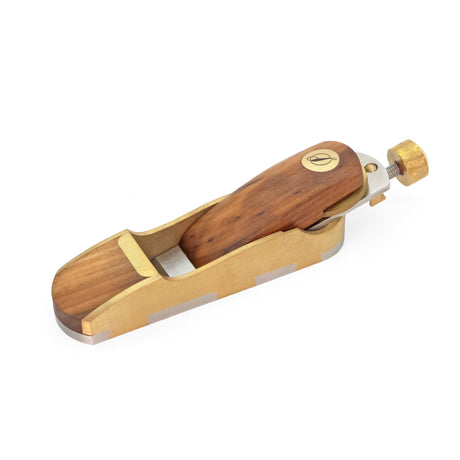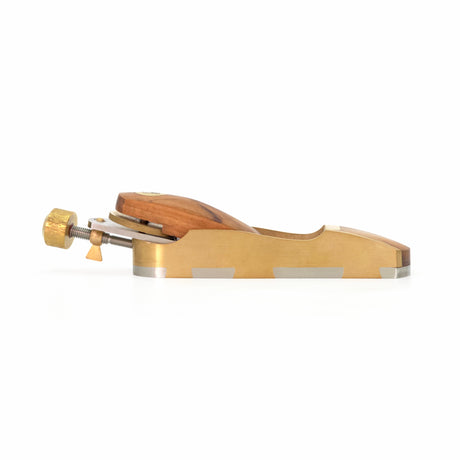Melbourne Tool Company
Melbourne Tool Company Low Angle Block Hand Plane
$165.00Unit price /UnavailableIn stockPony Jorgensen
Pony Jorgensen Low-Angle Block Hand Plane
$63.90$74.90Unit price /UnavailableIn stockMelbourne Tool Company
Melbourne Tool Company Low Angle Block Plane Plus Additional Blades
$239.90$254.80Unit price /UnavailableIn stockLuban
Luban Bronze Knuckle Cap Apron Hand Plane 12 degree Bed Angle
$112.00$139.90Unit price /UnavailableIn stockLuban
Luban Low Angle Knuckle Cap Block Hand Plane 12.5 Degree Bed Angle
$149.90Unit price /UnavailableIn stockLuban
Luban Knuckle Cap Block Hand Plane 20 Degree Bed Angle
$120.00$149.90Unit price /UnavailableIn stockLuban
Luban Bronze Knuckle Cap Apron Hand Plane 20 degree Bed Angle
$112.00$139.90Unit price /UnavailableIn stockIronbark Toolworks
Ironbark Toolworks Infill Block Plane with v2 Adjuster and Mulga Inlay
$999.00Unit price /UnavailableVery low stock (2 units)
Understanding and Choosing the Right Block Plane
Block planes are indispensable tools for both amateur and professional woodworkers. Known for their compact size and versatility, block planes are ideal for trimming, fitting, chamfering, and finishing work. Their low blade angle and ability to cut end grain cleanly make them especially valuable for fine joinery and cabinet making. Whether you're working on a restoration project or crafting something new, a block plane provides unmatched control and precision.
There are two main types of block planes: standard angle (approximately 20°) and low-angle (around 12°). Standard angle planes are excellent for general smoothing and edge work, while low-angle variants excel at slicing through end grain and tackling harder timbers. Many feature adjustable mouths, allowing fine control over shaving thickness and reducing tear-out on tricky grain patterns.
When selecting a block plane, consider the ergonomics, blade quality, and the material of the sole. Cast iron bodies offer durability and weight for stability, while ductile iron provides additional toughness. High-carbon steel blades are easy to sharpen and maintain a keen edge. Some premium models include A2 tool steel for superior edge retention, especially when working with dense hardwoods.
To maximise performance, ensure your block plane is finely tuned. Hone the blade to a razor edge, adjust the mouth opening to match your task, and periodically check the sole for flatness. A well-set block plane can deliver glass-smooth surfaces and crisp, accurate fits. Investing time into understanding and maintaining your tool will lead to noticeably improved results in your woodworking projects.
FAQs
What is a block plane used for?
A block plane is primarily used for trimming end grain, chamfering edges, fitting joints, and light smoothing tasks. Its compact size and low-angle blade make it especially effective for detailed work.
What's the difference between a standard and low-angle block plane?
A standard angle block plane has a blade bedded at around 20°, better for face grain and general-purpose use. A low-angle block plane, with a blade angle near 12°, is more suited for end grain and harder woods due to its slicing action.
Can block planes be used on hardwood?
Yes, especially low-angle block planes with high-quality blades like A2 or O1 tool steel. Keeping the blade sharp and setting the mouth appropriately is crucial when working with dense hardwoods.
How do I sharpen a block plane blade?
Remove the blade and hone the bevel on sharpening stones, maintaining the factory bevel angle (usually 25°–30°). Use a honing guide for consistency and finish with a strop for a razor edge.
What is an adjustable mouth on a block plane?
An adjustable mouth allows you to widen or narrow the throat opening. A tight mouth is ideal for fine shavings and difficult grain, while a wider setting is better for thicker cuts and softwoods.
Why won't my block plane cut properly?
This can result from a dull blade, incorrect blade angle, improperly set depth, or a mouth that's too wide. Ensure your blade is sharp and correctly positioned, and adjust the mouth and depth accordingly.
Are block planes suitable for beginners?
Yes. Block planes are one of the best hand tools for beginners to learn with due to their ease of use, affordability, and versatility in a range of small woodworking tasks.
How do I maintain my block plane?
Keep the blade sharp, periodically flatten the sole if needed, oil the moving parts to prevent rust, and store it in a dry place. Occasional tuning ensures consistent performance and longevity.
What size block plane should I choose?
Most block planes range between 5–7 inches. Smaller planes are easier to control for delicate work, while larger ones offer more stability and are better for larger surfaces or tougher materials.

